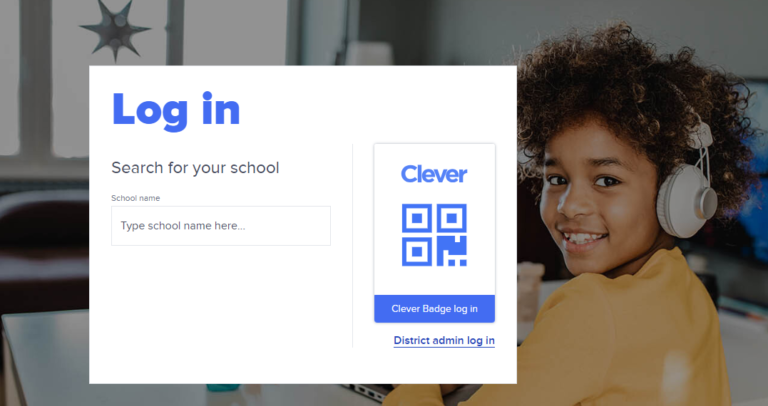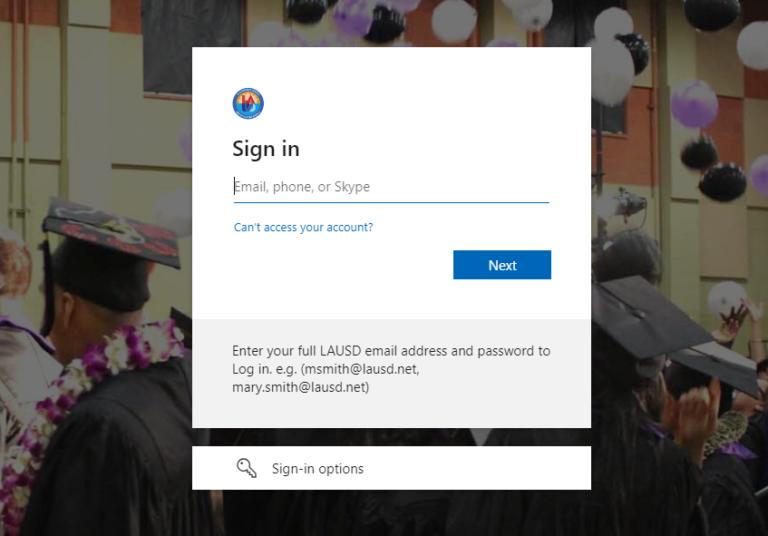How to Use Google Security Settings to Protect Your Account
In today’s world, securing your Google account and using appropriate settings is crucial to keeping your personal information safe. From managing your Google account password to ensuring your browser’s security, this guide will walk you through various ways to strengthen your Google security settings.
Understanding Google Password Reset
The Google password reset feature becomes an essential tool when dealing with forgotten passwords. Resetting your Google password is relatively easy but requires access to your recovery email or phone number. If you’ve lost access to those, Google provides alternative ways to verify your identity, ensuring your account remains secure.
Google Workspace Delegation of Google Drive
If you’re using Google Workspace, the delegation of the Google Drive feature can help share files without compromising security. By setting permissions correctly, you can ensure that only authorized users can access your documents, allowing seamless collaboration while protecting sensitive information.
How to Tell if a Website Has a Google Certificate
Before entering sensitive information on a website, it’s essential to check its security status. One of the easiest ways to do this is by determining if the site has a Google certificate or SSL certificate. This can be identified by the padlock icon in the address bar or the “https” in the URL, indicating that the site is secure and your data is encrypted.
Do You Need to Install Extra Security in Chrome OS?
A common question among Chrome OS users is whether additional security software is necessary. Google’s Chrome OS is known for its robust built-in security features, including regular updates and automatic virus scanning. However, some users may wonder, do you need to install extra security in Chrome OS? Generally, the answer is no, as the OS is designed to handle most security threats independently. Nonetheless, you can always opt for extra protection like VPNs or password managers for enhanced security.
How to Get Past Cloudflare Verification
Occasionally, you may encounter Cloudflare verification when visiting certain websites. This security measure is designed to protect websites from malicious traffic. However, it can sometimes be frustrating. If you’re constantly seeing this, clearing your browser’s cache or using a different IP address can help you get Cloudflare verification while maintaining security.
Managing a Google Account Password Reset
If you’ve been locked out of your account or suspect a security breach, resetting your Google account password is one of the fastest ways to regain access. After resetting, choosing a strong, unique password is important to protect your account further. Always enable two-factor authentication for an extra layer of security.
Utilizing the Google Translate Chrome Extension
The Google Translate Chrome extension can be a valuable tool for users who frequently visit websites in foreign languages. It automatically translates web pages in real-time, helping users easily navigate sites in different languages. This extension improves browsing and ensures you understand crucial security messages on websites that might go unnoticed.
Addressing Common Concerns About Google Age
There’s often confusion surrounding Google age, which generally refers to a user’s age associated with their Google account. Google has specific age-related restrictions, especially when it comes to creating accounts. It’s important to be aware of these policies to ensure compliance and avoid accidental breaches of terms of service.
Checking SSL Certificates for Secure Browsing
One of the most important steps in ensuring safe browsing is regularly checking SSL certificates for the websites you visit. This ensures the site is secure and your data is protected from third-party access. You can easily check an SSL certificate by clicking the padlock icon in your browser’s address bar. SSL certification is particularly important when making transactions or entering personal information.
SSL Cert: Why It’s Essential for Security
Having an SSL cert (Secure Sockets Layer certificate) on a website ensures data is encrypted between your browser and the website. This helps protect against cyber threats such as man-in-the-middle attacks. Websites with valid SSL certificates often display a secure padlock icon, giving users peace of mind that their data is secure.
Advanced Security Options in Google Settings
In addition to basic password management, Google offers a variety of advanced security options. From enabling two-factor authentication to managing app permissions, these settings can significantly enhance your account security. Google also regularly updates its security policies, protecting you against emerging threats.
Why You Should Enable Google’s Two-Factor Authentication
Two-factor authentication (2FA) is one of the most effective ways to secure your Google account. By requiring both your password and a second form of verification (like a text message or authenticator app), 2FA significantly reduces the chances of unauthorized access to your account. Setting up 2FA is simple, and you can manage it from the Google security settings dashboard.
Regularly Update Your Google Security Settings
To stay protected, reviewing and updating your Google security settings regularly is important. This includes checking your password strength, reviewing connected devices, and updating recovery information. Google also offers a security checkup feature that walks you through important steps to secure your account.
Staying Safe While Browsing with Chrome
Chrome is a secure browser, but there are ways to enhance browsing safety. Enabling “Safe Browsing” mode can warn you about dangerous websites. You can also check your browser’s security settings to ensure you use the most up-to-date protections.
Read More: Chrome Extensions & Settings
Conclusion
Ensuring the security of your Google account and browsing activity is vital in today’s digital landscape. By utilizing the various features and settings available, like Google password reset, two-factor authentication, and SSL checks, you can protect your personal data and enjoy a safer online experience.
FAQs
1. How can I reset my Google password if I’ve forgotten it?
You can easily reset your Google password by following the steps on the recovery page. You’ll need access to your recovery email or phone number.
2. Does Chrome OS require additional security software?
No, Chrome OS’s built-in security features are sufficient for most users. However, you can add extra protection if needed.
3. What is a Google certificate, and how do I check for one?
A Google or SSL certificate ensures the website’s data is encrypted. You can check for this by looking for a padlock icon next to the URL.
4. Why do I see Cloudflare verification when accessing some websites?
Cloudflare protects websites from malicious traffic, and its verification process ensures you’re not a bot. To bypass it, try clearing your cache or using a different IP.
5. How do I enhance my Google account security?
You can improve your Google account security by enabling two-factor authentication, regularly updating your password, and reviewing connected devices in the Google security settings.






